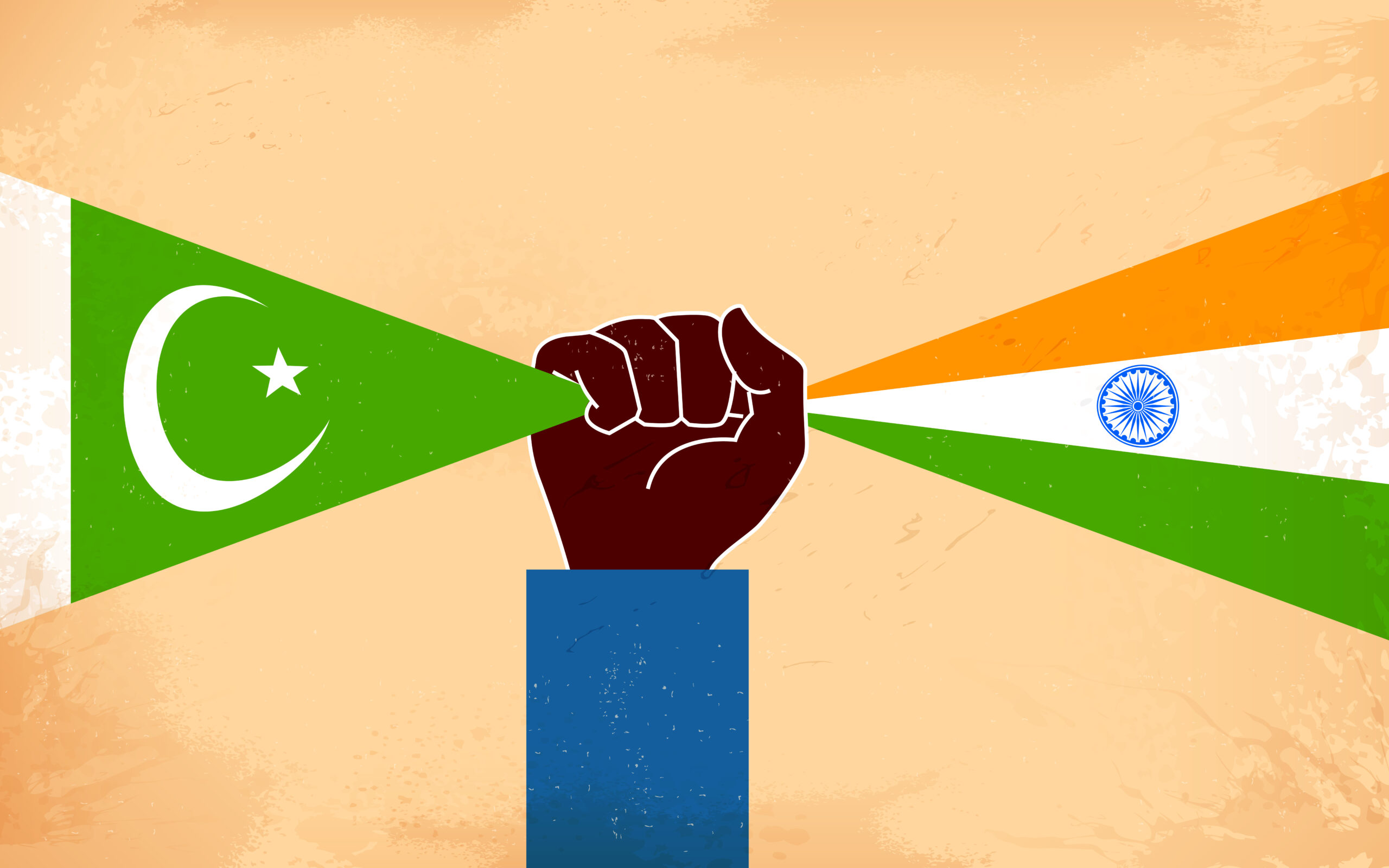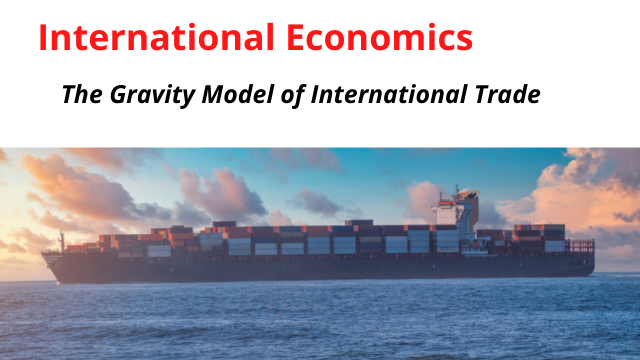Is it important for India and Pakistan to resume their trade relations in 2023?

The bilateral trade between India and Pakistan climbed to USD 1.35 billion between April and December 2022, up from USD 516.36 million in the entire fiscal year 2021-22. The ministry is aggressive in its contact with SAARC countries to strengthen trade and economic ties. Officials added that any issues impacting bilateral trade highlighted by these regions are addressed and resolved as promptly as possible.
Why the bilateral trade between India and Pakistan was banned in the past?
Pakistan banned bilateral trade with India in 2019 when New Delhi abolished Jammu and Kashmir’s special status. Pakistan had stated that it was reducing diplomatic relations with India when New Delhi declassified the Indian state of Jammu and Kashmir. Then-Pakistani Prime Minister Imran Khan commanded the use of all diplomatic channels to expose India’s cruel racial rule, design, and human rights crimes. As a result, Pakistan banned bilateral trade with New Delhi and planned to remove India’s high commissioner to Islamabad.

Is there a complete halt of trade between the two countries, or there is an intermediate escape of shifting of merchandise?
Despite the present official stoppage of business, trade between India and Pakistan continues, either illegally or through a 3rd alternative. The latter, often called circular trade, departs through areas like Afghanistan. This highlights that both nations have economically viable choices, as people of the business world would be willing to engage in cross-border trade if given the prospect.
Is there a ray of hope?
Given the ongoing conflicts that have highlighted political relations between India and Pakistan, commercial relations between the two South Asian neighbors are unlikely to improve anytime soon. The already bleak commercial cooperation was compromised enormously as a result of the cross-border tensions that erupted in the aftermath of the Pulwama incident in 2019. Despite long-standing political disputes, it is nearly unfathomable that two countries with so much in common, including a more than 3000-kilometer border, do not participate in trade with one another.
The Gravity model of International Trade-A failure in the context of Indo-Pak trade relations!
The gravity equation in international trade is one of the most solid empirical findings in economics, stating that bilateral trade between two countries is proportionate to their respective sizes, which are measured by GDP, and inversely proportionate to the geographical distance. If the distance is effectively utilized, it can act as a surrogate for transportation costs in the model. Furthermore, the larger the perceived change in cultural values and standards, the greater the geographical distance.

However, a different civilization often compromises communication and trust between two commercial partners, resulting in difficulty to develop a solid trading alliance. The absence of trade despite proximity contradicts the Gravity Model of economics, which holds distance as a significant factor in determining trading patterns. The trade scenario between India and Pakistan is a typical example that might be used to highlight the model’s lack of application in today’s world.
Need for India and Pakistan to resume their bilateral trade relations!
Despite their enormous nuclear arsenals, India and Pakistan continue to struggle with hunger, poverty, and wealth inequality. To offset this, bilateral trade, in principle, would increase the basket of products and services accessible to individuals on both sides of the border and make markets more competitive, resulting in a beneficial trickle-down effect on pricing.

Vegetables such as tomatoes, medications and pharmaceutical goods, chemicals, textiles, tires, and machinery are among the items imported into Pakistan through these channels. Dry fruits, pulses, edible oil, footwear, apparel, and tobacco are among the departing items. As a result, the liberalization of trade policy between India and Pakistan might assist in formalizing these trading routes while also providing a source of money for the respective governments in the form of customs charges.
The benefits described above just scratch the surface of what Pakistan and India may earn if they put politics aside and focus on economic growth. Recent signs from the Pakistani administration suggest that the revival of trade relations with India is possible. It is also reasonable to believe that improving commercial relations will go a long way toward resolving Pakistan and India’s political issues.
The need is more for our neighbor!
Trade with India will help Pakistan attract cheaper items over the border. To cite a few examples, Pakistan might replace imported iron ore from Australia and Brazil with lower-cost Indian iron ore. Tea and coffee from India might become more affordable for Pakistan, which is now sourcing it from Kenya due to the presence of numerous international corporations that have planted tea estates there.

Pakistan has a considerable market for Indian tires, particularly those used in trucks. Because of the paucity of trade along the Indo-Pak border, these tires are routed through Turkmenistan. This, in turn, causes a price increase. If elements such as transportation costs were reduced or circular trade was abandoned entirely, it might result in substantial trade gains for both India and China.
The rapid depreciation of the Pakistani rupee versus the US dollar has also harmed Pakistan’s trade balance with the US, particularly when it comes to pharmaceutical imports. In this regard, Indian drugs may prove to be a far more cost-effective solution, maybe even cheaper than what pharmaceutical businesses in Pakistan charge.
Furthermore, Pakistan experiences regular supply shocks in food goods ranging from tomatoes to sugar, causing prices to momentarily rise. Given the frequency of these shortages, the state must have a ready remedy for such cases when supply interruptions can be dealt with swiftly. Trade with India might be a potential option for mitigating supply-side disruptions.

The final verdict.
Pakistan and India are the region’s two most populous and largest economies. As the two most powerful members of SAARC, they have enormous potential for intra-regional trade. The trade that had ceased following the revocation of Kashmir’s special status appears to have resumed. Only time will shed insight into the two countries’ continually strained ties. It would be better if the two countries resume their trade relations otherwise the adage of French economist Frédéric Bastiat will disrupt everyone, as it mentions, ‘When products do not cross borders, soldiers do’.
edited and proofread by nikita sharma




